The ten per cent
One of the chief complaints of the – now almost forgotten – Occupy Wall Street movement and its international counterparts was about the ‘one per cent’ who were said to own and control most of the resources of the US and other Western countries.
A much more valid complaint might be made in Australia about the presence of what might be termed the ‘ten per cent’. This segment of society subscribes to a litany of politically correct stances and cannot be deflected from these under any circumstances. They roughly correspond to the Green electoral vote and the Green edge of Labor, although their role is not confined to voting and elections. They are disproportionately represented in the staff of schools and universities as well as in the public sector generally. They dominate the letters pages of the Sydney Morning Herald and the Melbourne Age and talkback on the ABC where many of the staff of these organisations share their views. In addition, the directors and the management of many large corporations, who may not necessarily hold the same views, are wary of offending this relatively small but well-defined and cohesive segment of their markets.
The ten per cent seem to have developed over the last couple of decades and do not really have a corresponding or countervailing segment of the electorate on the other side of politics. There are, of course, individuals and institutions with strong contrary public views but numerically they form a very much smaller group in the community. How all this happened is something of a puzzle. The ten per cent certainly didn’t exist in the early post-war years when voters divided between the two major parties but the vast majority did not, as is still true, belong to a political party. Nor did they hold in complete contempt those who voted differently from themselves. Naturally those relatively few members of the community who did belong to a political party held more strongly partisan views but even those views pale into insignificance beside the dogmatic beliefs of the ten per cent.
One of the chief tenets of this secular church is the portrayal of Australia as a deeply racist society notwithstanding the way it has peacefully absorbed huge numbers of immigrants from almost every corner of the globe over the post-war years. Closely associated with this view is an approval for open borders in all parts of the world but particularly in the case of Australia. This means support for illegal immigrants who are not prepared to be part of the authorised programs for immigration and refugee intakes that exist in all countries, including Australia. Because a large part of the ten per cent lives in the inner suburbs of Australia’s large cities there is little danger of them encountering a refugee, whether a legal or illegal entrant. There is a general sympathy for international regimes, like the United Nations and the European Union, that disparage national borders and complain that individual countries focus on their own internal problems.
One of those problems is economic management. The ten per cent, who largely work in tertiary sectors of the economy, are indifferent to the need to balance measures to deal with climate change and their impact on the other sectors of the economy, preferring to call for unrealistic and unachievable emission targets. In addition, they are opposed to any new mining projects and hostile to the mining industry generally, despite the enormous role it plays in generating export revenues for Australia.
The ten per cent are almost uniformly antagonistic to Christian teaching and the Christian churches, although most particularly to the Catholic church which is now the largest and most visible aspect of organised religion in Australia. There is something of a paradox here because of the zealotry, reminiscent of organised religion in the past, with which they hold their political views and the fact that, again like earlier religious bodies, all of the beliefs must be held without any possibility of professing some but not others.
In the area of foreign affairs, one of these beliefs is that Israel is an essentially illegitimate state that has stolen the territory of the Palestinians and continues to oppress those that live in the Gaza Strip and on the West Bank. There is certainly room for argument about possible solutions to this seemingly intractable Middle East problem but ignoring the events that have occurred over almost a century is not likely to advance the debate on this question.
The ten per cent tend to be suspicious of law enforcement bodies and they can afford to be, living as they do in areas where crime poses very little threat to the community. Their suspicions extend to police conduct generally but particularly when it occurs under the body of anti-terrorism legislation that exists at both the federal and state level.
They are reluctant to admit that there are some members of the Islamic community with a propensity for terrorist activities and dismiss such incidents as the recent ritual murders in France and Austria as one-off events that do not require government action to head off future attacks.
Consistently with these views, the ten per cent are firm proponents of a bill of rights at both the state and federal level, partly because they see this kind of legislation as imposing restrictions on the activities of law enforcement bodies and partly because they would prefer to see many political decisions dealt with by unelected judges rather than elected politicians who tend to be influenced by the views of the broader community to whom they owe their election.
One striking feature of the ten per cent is their intolerance for any views that contradict their own. Those who disagree with them are not merely deluded but consciously evil and a threat to the proper working of society as a whole. As such, these dissenters have no rights and no legitimate role in the community.
This is a major change in the way public debate has been conducted in Australia until relatively recently but, deeply unattractive as this development is, it shows no signs of abating in the immediate future.
Got something to add? Join the discussion and comment below.
Get 10 issues for just $10
Subscribe to The Spectator Australia today for the next 10 magazine issues, plus full online access, for just $10.
You might disagree with half of it, but you’ll enjoy reading all of it. Try your first month for free, then just $2 a week for the remainder of your first year.

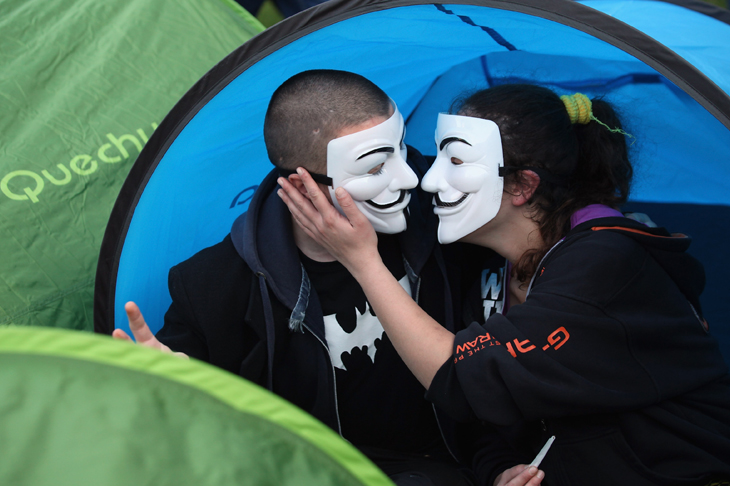
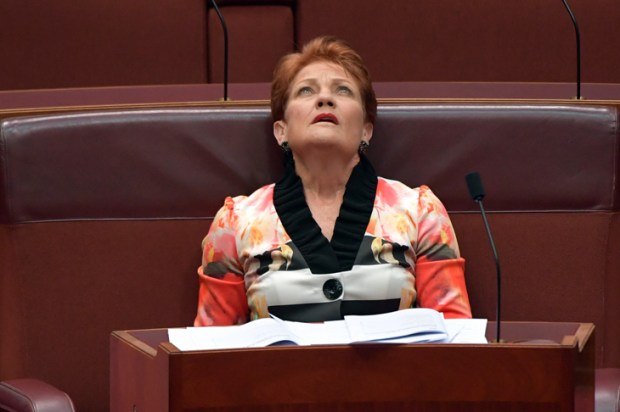
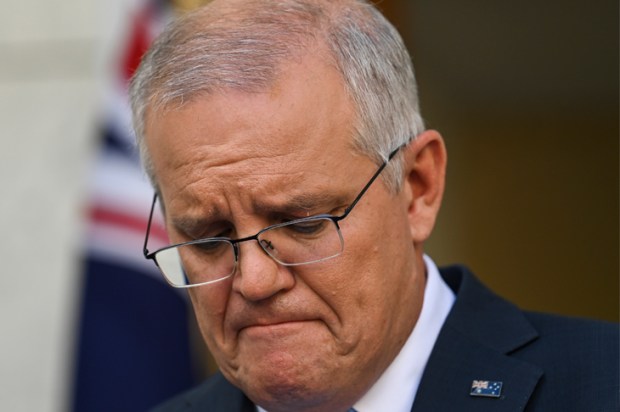
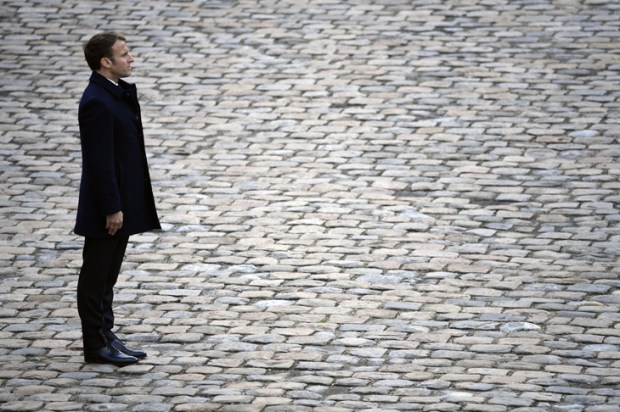
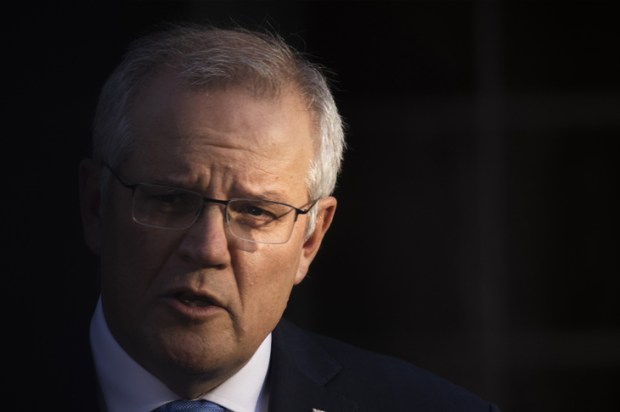
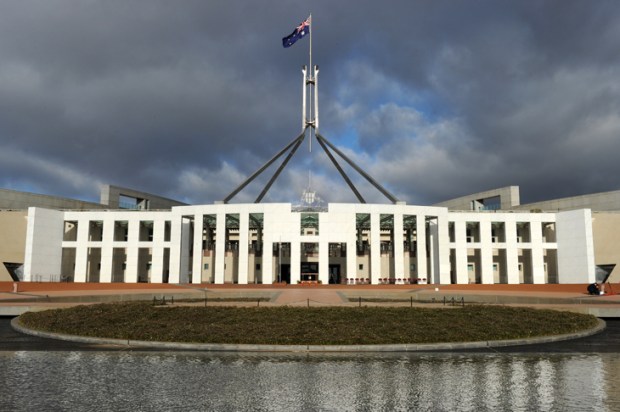
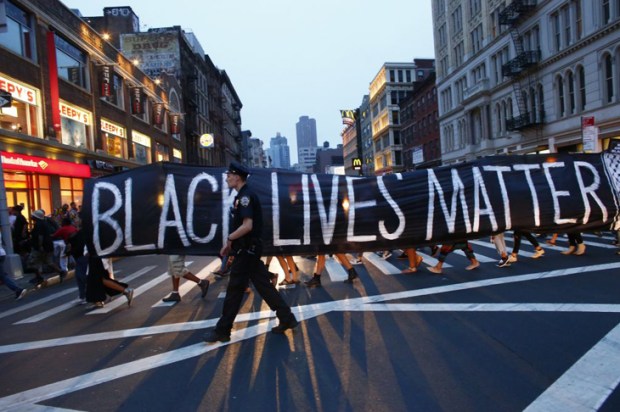






Comments
Don't miss out
Join the conversation with other Spectator Australia readers. Subscribe to leave a comment.
SUBSCRIBEAlready a subscriber? Log in